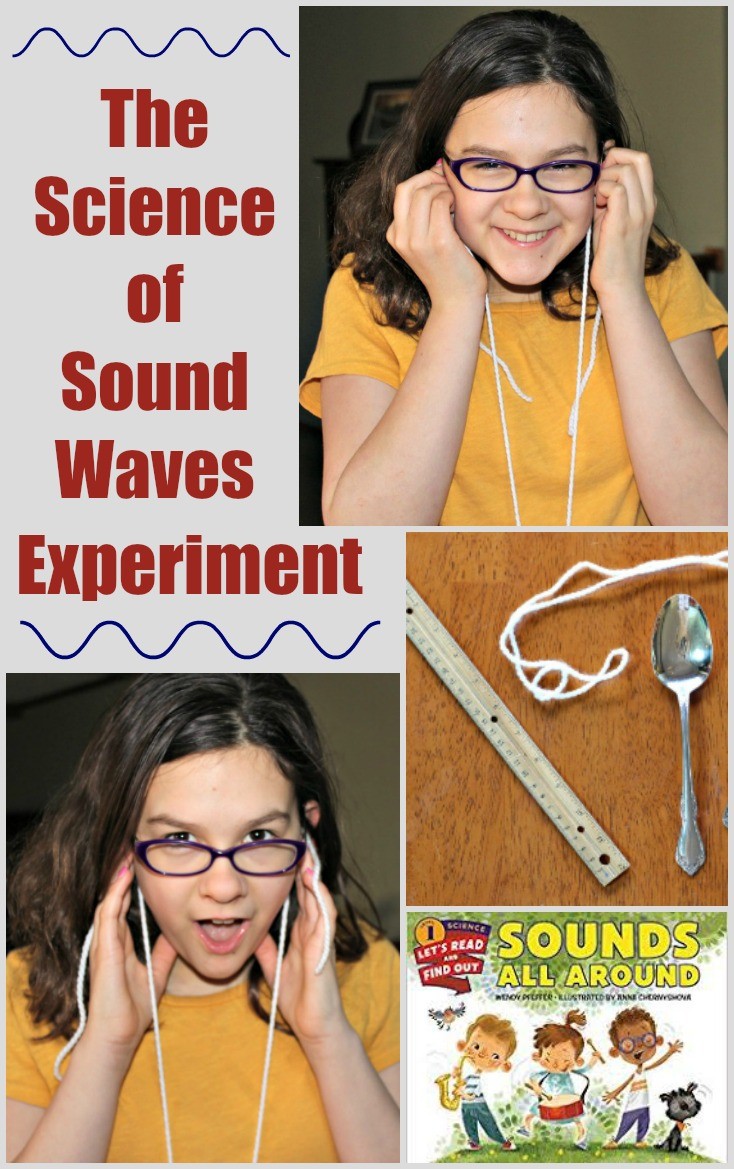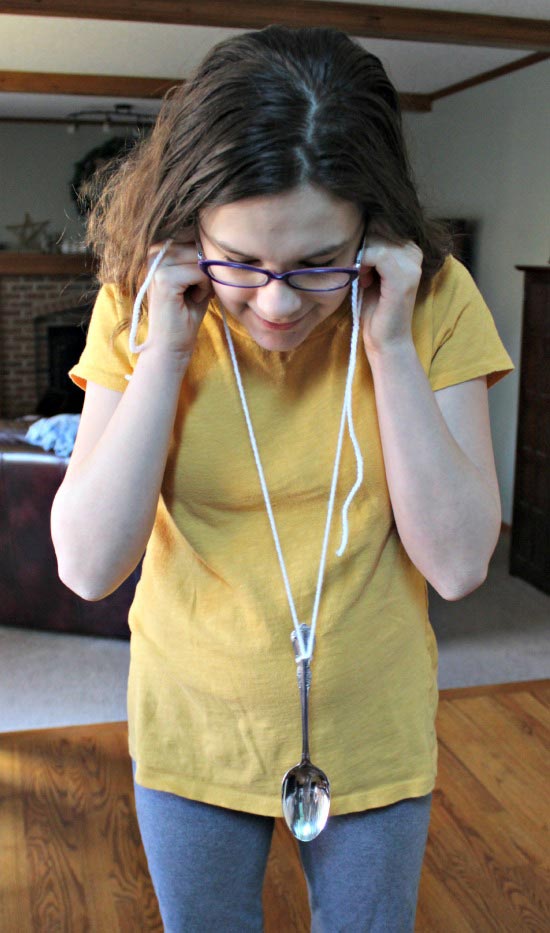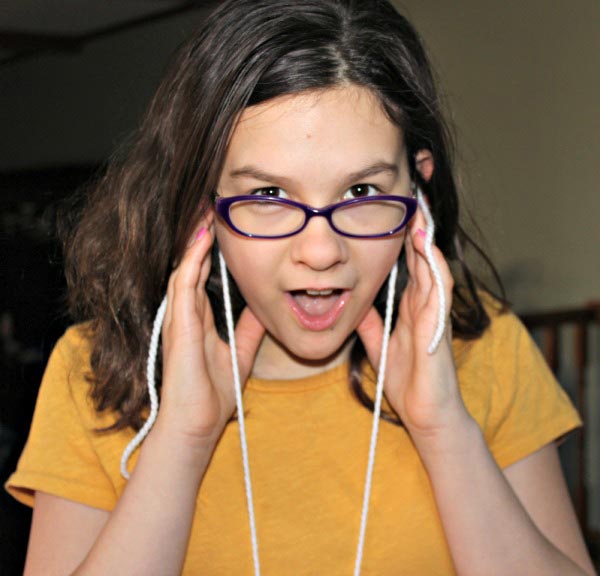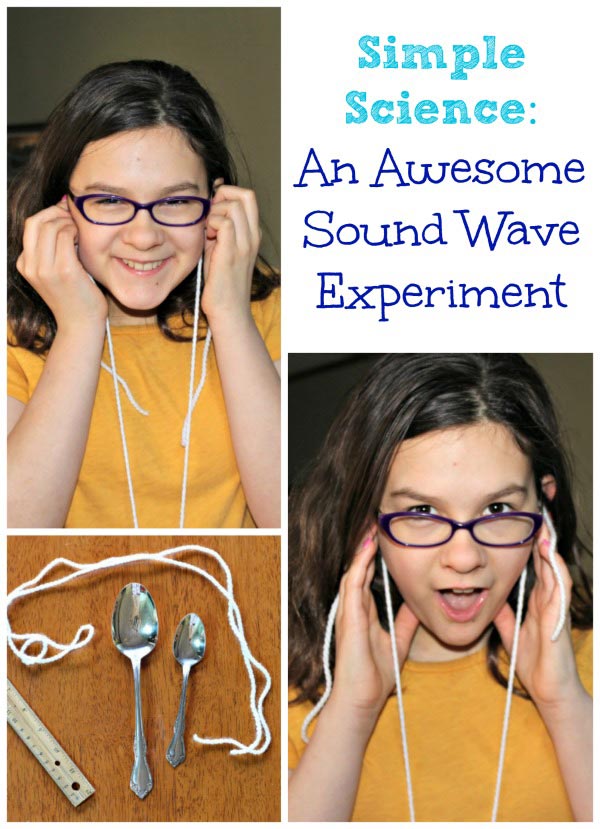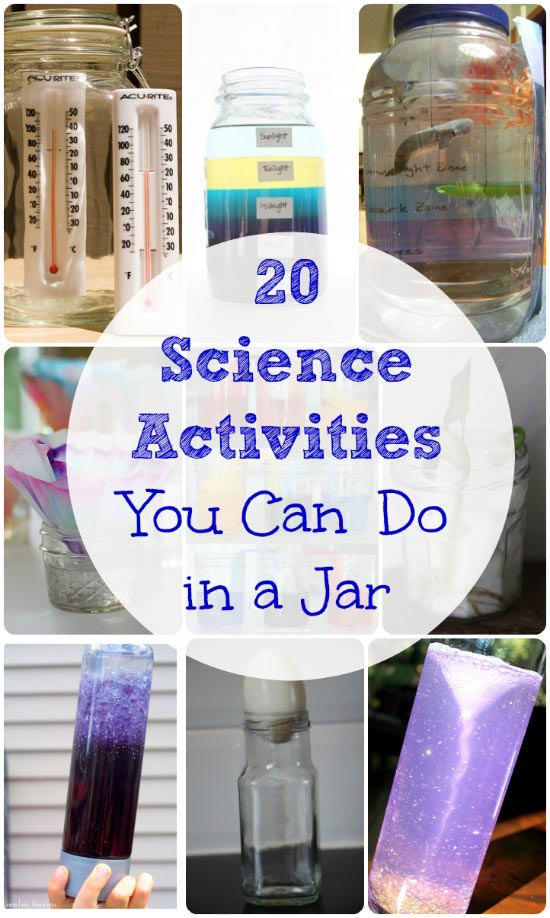One of the coolest sound wave experiments your kids will ever try!
We love doing simple science experiments and every once in a while, we find a GEM.
It’s a simple, easy and pretty awesome experiment that explores the science of sound waves and how they travel.
Sound Experiment for Kids
So many of the science activities we do are ones that I’ve experienced before but are new to our kids.
And honestly, as they approach Middle School age, it’s getting harder and harder to impress them 😉
But THIS ONE!
This is one of those really cool experiments that they thought was super cool and even I was impressed with (and as my husband will tell you, I’m not easily impressed 😉
I should have titled this “Make Your Own Gong Using a Spoon and Fork” — because that’s exactly what you’ll get to do!
Like our How does a Leaf Breathe? experiment, this sound wave project also explores the invisible side of science.
As you begin this vibration experiment, explain to your kids that you are going to test how sound travels.
They may not realize that when a ‘noise’ is made, it creates sound waves (which are not visible) that travel through the air and to our ears.
As with any of our experiments, we always start with a good book to help explain the science concepts!
Books about the Science of Sound Waves
Here are a few great books to pair with this activity along with affiliate links so you can easily learn more about each one:
Sounds All Around (Let’s-Read-and-Find-Out Science 1) is part of an amazing science book series that cover all the topics under the sun! This book explains how sound waves travel, how your ear receives sound and answers for more of the questions kids will ask.
Oscar and the Bat: A Book About Sound (Start with Science) is a new science series for younger kids. The books touch on the basic science concepts for each topic and have wonderful illustrations!
And another fun book, What’s That Sound (Science Solves It!) has facts & activities related to sound – perfect for kids ages 6 – 10 years old.
Older kids will enjoy The Magic School Bus In The Haunted Museum: A Book About Sound — a favorite science series! In this book, the class travels to a haunted house to learn about sound waves and vibration.

Sound Experiments for Kids
You’ll need a few items that I’m sure you can easily find around the house — the affiliate links in our list will give you a quick description of each item:
- A ruler (we found a wooden or heavy plastic ruler worked best)
- Two different size spoons (try using a teaspoon and a serving spoon)
- About 4 feet of string or yarn (this will depend on how tall you are as you can see below)
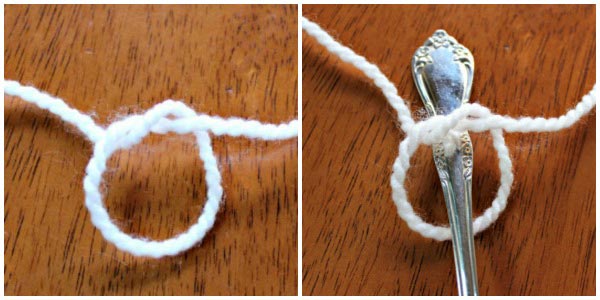
First, create a loop in the middle of the yarn/string and insert the handle of the spoon.
Pull tightly so that the spoon hangs in the center of the yarn/string and you have two long pieces of approximately equal length.

Then make a face at your Mom when she asks to take your photo (this is an optional step, of course) 🙂
Take each string and wrap them around your pointer finger on each hand.
Then push the string against each ear (not into the ear but just outside like you are going to plug your ears because you don’t want to hear your Mom ask you to do your chores 🙂
You’ll want the spoon to hang just below the waist once both ends of the yarn are placed near the ears.
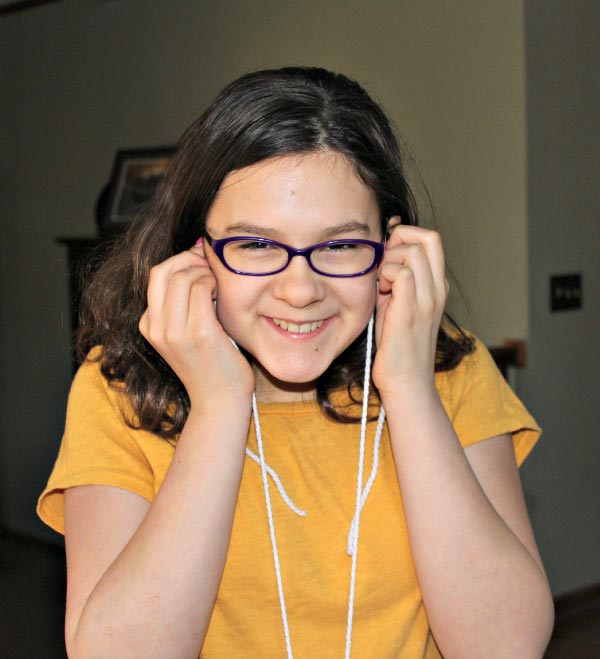
You can see in this photo that you don’t have to use the end of each piece of yarn/string — in fact, as you do the experiment, change how high or low the spoon hangs to see if it changes the sound.
Ok, here’s the big moment …
Once the string in pushed against the ears, have someone GENTLY hit the ruler against the round part of the spoon — and watch the look on your child’s face (priceless!)
Warning: Kids often think that the HARDER they hit the spoon, the louder the sound — be sure to test out this theory too!
If you are using a small spoon, you should hear a distinct bell sound — with a larger spoon, it will sound more like a gong.
Pretty cool!
The Science Behind Sound Wave Experiments
Here’s what’s really happening during the activity — I’ve highlighted some of the science terms that you can introduce to kids when discussing this experiment:
When the ruler hits the spoon, it creates vibrations which make sound waves. These sound waves travel up the yarn/string and to the ear instead of just spreading out into the air around you.
The yarn acts as a conductor — an object that allows sound waves to travel.
Depending on the size of the spoon and the length of yarn, the sound will appear higher (like a church bell) or deeper (like a gong).
And because the yarn allows the sound waves to continue to travel, the sound of the spoon will resonate or reverberate — meaning they will continue for a while after you have hit the spoon.
Another thing we found was that the only one who can hear the bell or gong sound will be the person with the string near their ears — which we thought was also pretty cool.
Everyone else in the room will just hear a faint ‘tink’ when the ruler hits the spoon.

More Ideas for Sound Experiments
Ok, we wanted to play around with the experiment a little more — so we also used a serving fork (which is larger than a regular fork).
Do this too and you’ll see that the tines on the fork create a totally different sound.
You can also try different types of yarn/string — you’ll find that the more dense the string, the better the sound will travel.
For more sound wave experiments, try
- the Geeker Speaker Lab Kit which shows you how to make sound waves visible with 5 different experiments!
- the Science of Sound box from Steve Spangler includes up to 10 sound experiments kids can do!
And don’t forget to see all of our simple science experiments!
If you’re looking for more ideas that explore sound waves, try these items:
More Human Body Science Experiments
How Long are Your Small Intestines?
Looking for more Easy Science Experiments? Try these!
You might also like:
20 Science Experiments in a Jar

